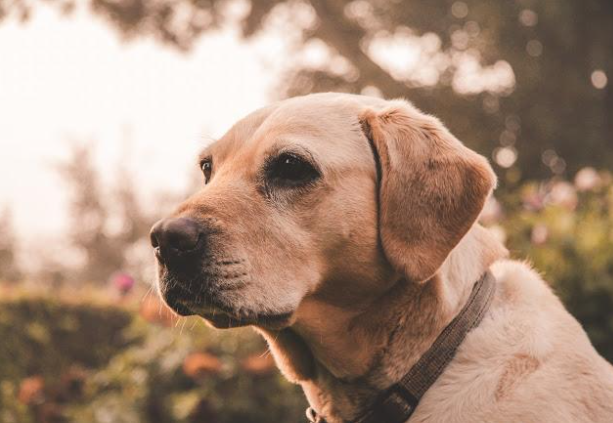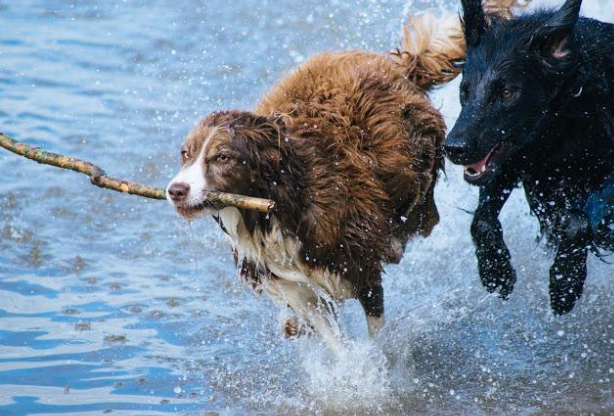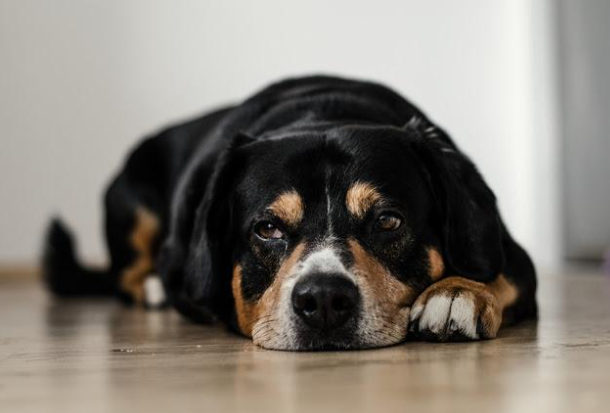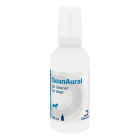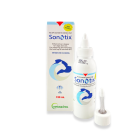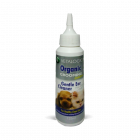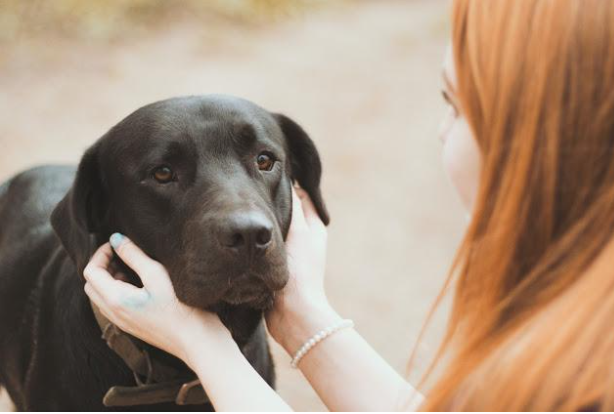
Our dog's ears are important. They allow them to know when it's time for dinner, respond to your voice and help understand what is happening around them.
Ear cleaning and treatment can seem like a messy chore, but the importance of this grooming task cannot be overstated. Due to their long “L” shaped ear canals it’s difficult for debris that gets in to work its way back out, resulting in a breeding ground for bacteria and yeast. Therefore, by regularly cleaning your pup's ears it will keep them healthy and problem free.
Common Causes of Ear Infections
1. Similar to people, when dogs go for a swim, they can accumulate water within their ears. As the configuration of their ears differs from humans, it can make it more difficult for water to escape. The moist environment created is a favorable environment for yeast and bacteria, which can then lead to the development of an ear infection.
2. Inflamed and irritated skin are typical signs of an allergy in dogs, and the skin in the ear is not immune to the changes. An allergy, whether contact, inhalant, or food will influence the condition of the inner ear and surrounding skin.
3. Although all dog breeds are susceptible to ear infections, those with floppier ears are more likely than their shorter-eared counterparts to suffer problems. Moisture is a necessary ingredient for many infections, and the floppy ears on some breeds prevent proper air circulation. No circulation means no evaporation, meaning the moisture trapped in their ear provides the perfect breeding ground for yeast and bacteria growth.
Signs
- Shaking of the head
- Persistently scratching at ears
- Abnormal amount of wax build up
- Redness inside of the ear
- Bloody, brown, or yellow discharge
- Hair loss around the ear
- Swelling, crusting or scabbing around or on the ear
- Loss of balance, or excess shaking or tilting of the head
- Unusual eye movement
- Walking around in circles
Which Ear Cleaner to Use?
As there are various types of ear cleaners on the market it can be hard to know which one is best for your pup. The most important thing to remember is to only use good quality ear cleaners and to never use olive oil, vinegar, shampoo or any other substance in your dog’s ears; they’ll thank you later! View DrCarl's Range of Ear Treatment Health Products here.
How to Clean
Simply apply a few drops to the ear canal and gently rub the base of the ear, then wipe the interior of the flap with a swab moistened with an ear cleaner. Ensure you are gentle and do not put the swab into the actual ear canal. This can be done once off or regularly, depending on your dog.
If your pet suffers persistent ear problems we suggest talking to your local vet.
